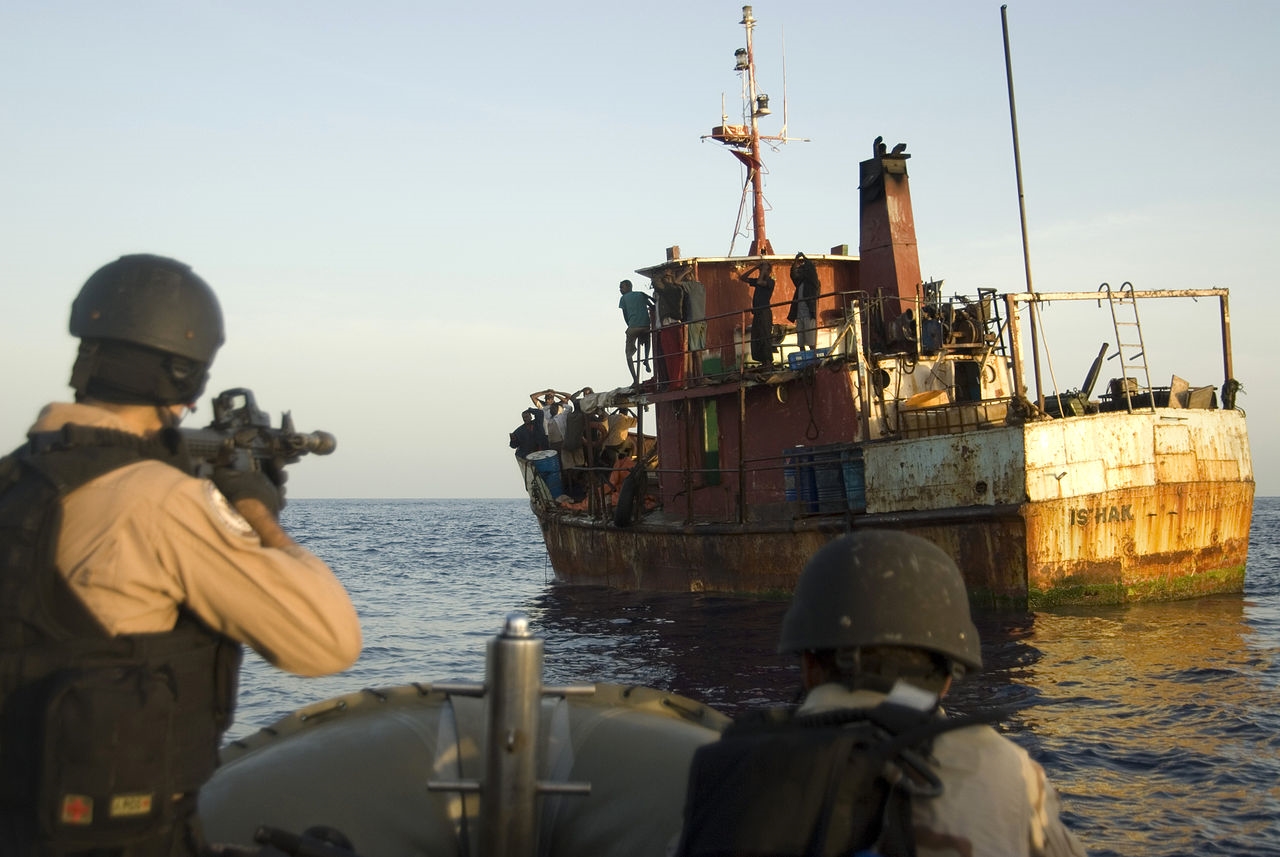
This article was originally published by the ASPI Strategist on 16 October 2014.
People’s Republic of China (PRC) has developed an impressive array of land-based anti-ship missile systems, which are part of a robust sea-denial capability. That growing capability is forcing the United States (US) and Australia to rethink Pacific strategy. Some are now asking why the US, and Australia for that matter, have no land-based anti-ship missile systems in their inventory. After all, we want to be able to do sea denial in Asia as well. So, should we be developing our own?

